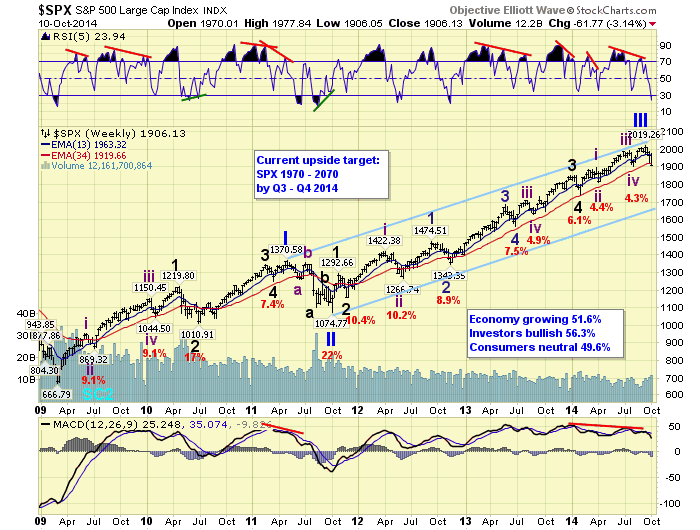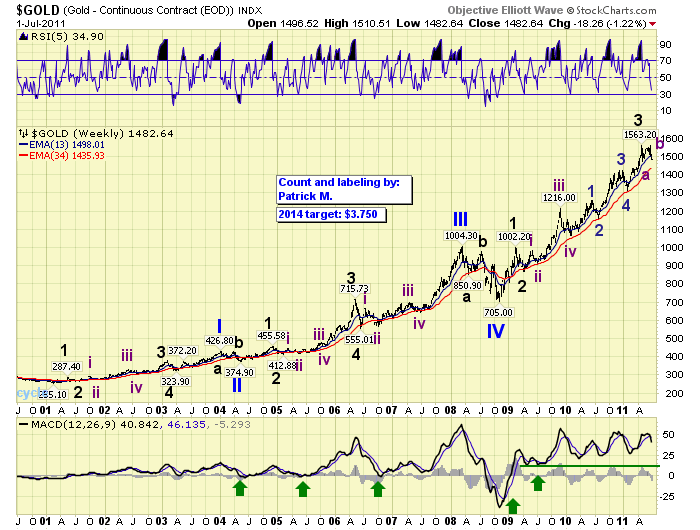What is Primary and v Market
Post on: 30 Апрель, 2015 No Comment

The financial market is a world where new securities are issued to the public regularly. It is a world full of varied financial products and services, tailored to the need of every individual from all income brackets. These financial products are bought and sold on the capital market . which is divided into primary market and secondary market.
This post will be a detailed explanation of primary market and secondary market, and will draw the distinction of primary market vs. secondary market.
What Is Primary Market?
The primary market is also known as new issues market . Here, the transaction is conducted between the issuer and the buyer. In short, the primary market creates new securities and offers them to the public.
For instance, Initial Public Offering (IPO) is an offering of the primary market where a private company decides to sell stocks to the public for the first time. An important point to remember here is that in the primary market, securities are directly purchased from the issuer.
Capital or equity can be raised in primary market by any of the following four ways:
1. Public Issue
As the name suggests, public issue means selling securities to public at large, such as IPO. It is the most vital method to sell financial securities.
2. Rights Issue
Whenever a company needs to raise supplementary equity capital, the shares have to be offered to present shareholders on a pro-rata basis, which is known as the Rights Issue .
3. Private Placement
This is about selling securities to restricted number of classy investors like frequent investors, venture capital funds, mutual funds and banks comes under Private Placement .
4. Preferential Allotment
When a listed company issues equity shares to a selected number of investors at a price that may or may not be pertaining to the market price is known as Preferential Allotment .
The primary market is also known as the New Issue Market (NIM) as it is the market for issuing long-term equity capital. Since the companies issue securities directly to the investors, it is responsible to issue the security certificates too. The creation of new securities facilitates growth within the economy.
What is Secondary Market?
In secondary market, the securities issued in the primary market are bought and sold. Here, you can buy a share directly from a seller and the stock exchange or broker acts as an intermediary between two parties.
The secondary market is actually formed by another layer of investors who deal with primary market investor to buy and sell financial securities such as bonds, futures and stocks. These dealings happen in the proverbial stock exchange.
National Stock Exchange (NSE) and New York Stock Exchange (NYSE) are some popular stock exchanges. Majorly, the trade happens between investors without any involvement with the company that issued the securities in the primary market.
The secondary market is further divided into two kinds of market.
1. Auction Market
The auction market is a place where buyers and sellers convene at a place and announce the rate at which they are willing to sell or buy securities. They offer either the ‘bid’ or ‘ask’ prices, publicly. Since all buyers and sellers are convening at the same place, there is no need for investors to seek out profitable options. Everything is announced publicly and interested investors can make their choice easily.

2. Dealer Market
In a dealer market, none of the parties convene at a common location. Instead, buying and selling of securities happen through electronic networks which are usually fax machines, telephones or custom order-matching machines.
Interested sellers deliver their offer through these mediums, which are then relayed over to the buyers through the medium of dealers. The dealers possess an inventory of securities and earn their profit through the selling. A lot of dealers operate within this market and therefore, a competition exists between them to deliver the best offer to their investors. This makes them deliver the best price to the investors. An example of a dealer market is the NASDAQ.
The secondary markets are important for price discovery. The market operations are carried out on stock exchanges.
A variation to the dealer market is the OTC market . OTC stands for ‘Over the Counter ’ market. The concept came into existence during the early 1920’s period through Wall Street trading, which implied the prevalence of an unorganized system of dealers who conducted trades via networks. Stock shops existed to buy and sell shares over-the-counter. In other words, these were unlisted stocks which were sold privately.
Over time, the notion of OTC underwent a change. These days the over-the-counter denotes those stocks which are not traded over NYSE, NASDAQ or American Stock Exchange (AMEX). The over-the-counter implies those stocks which are traded on the pink sheets or on over-the-counter bulletin boards (OTCBB). Pink sheets are a name given to the daily list of stocks published with ask and bid prices by the National Quotation Bureau. The OTCBB service is offered by the National Association of Securities Dealers (NASD) which accurately displays the last sale prices, real time quotations and other volume information of over-the-counter securities.
Endnote
I hope the article clarified and made you understand the concepts of primary and secondary markets. Now you know the importance of both primary and secondary markets.
It will also interest you to know that there is something called third markets and fourth markets but they are not heard of publicly. In the third and fourth markets, transactions of high volume happen between the dealers and the brokers, and large institutions using over-the-counter networks.
The third market caters to transactions between dealer/brokers and large institutions whereas the fourth market is only about transactions between large institutions. The activities of these markets have little or no influence on the workings of the usual stock trading by an average investor. Moreover, the transactions in these markets are always of high volume.
If there are any queries on primary and secondary market or how the primary market is different from the secondary market, share below.
View All BIWS Courses –Free $97 Bonus for FinanceWalk Readers














